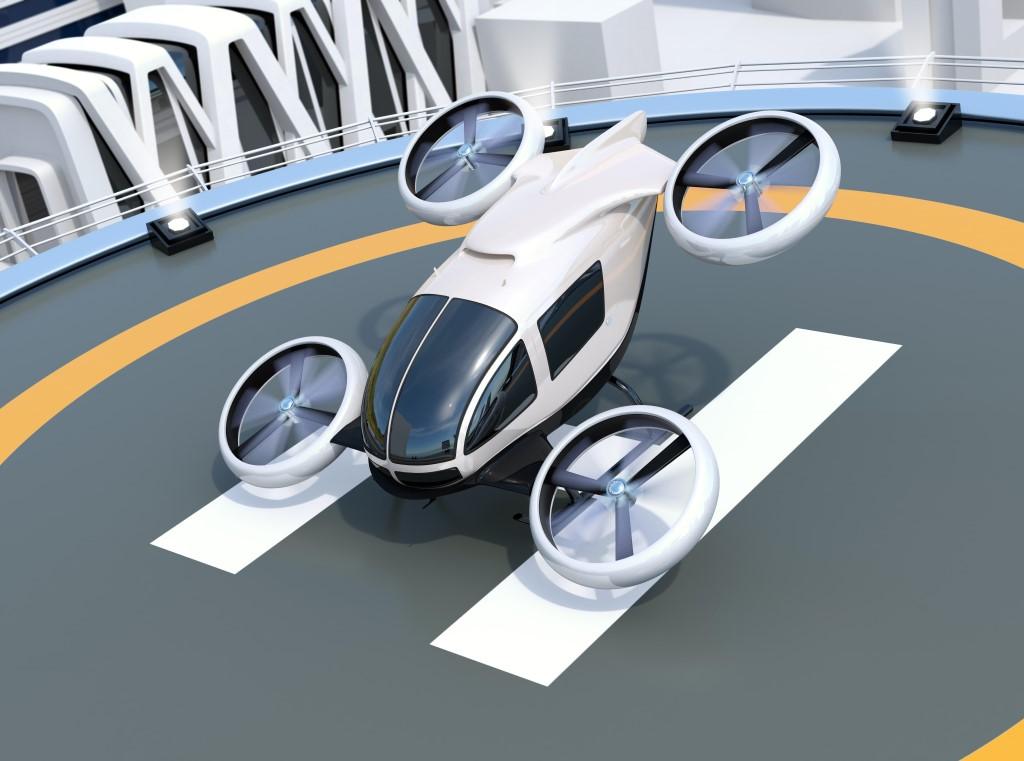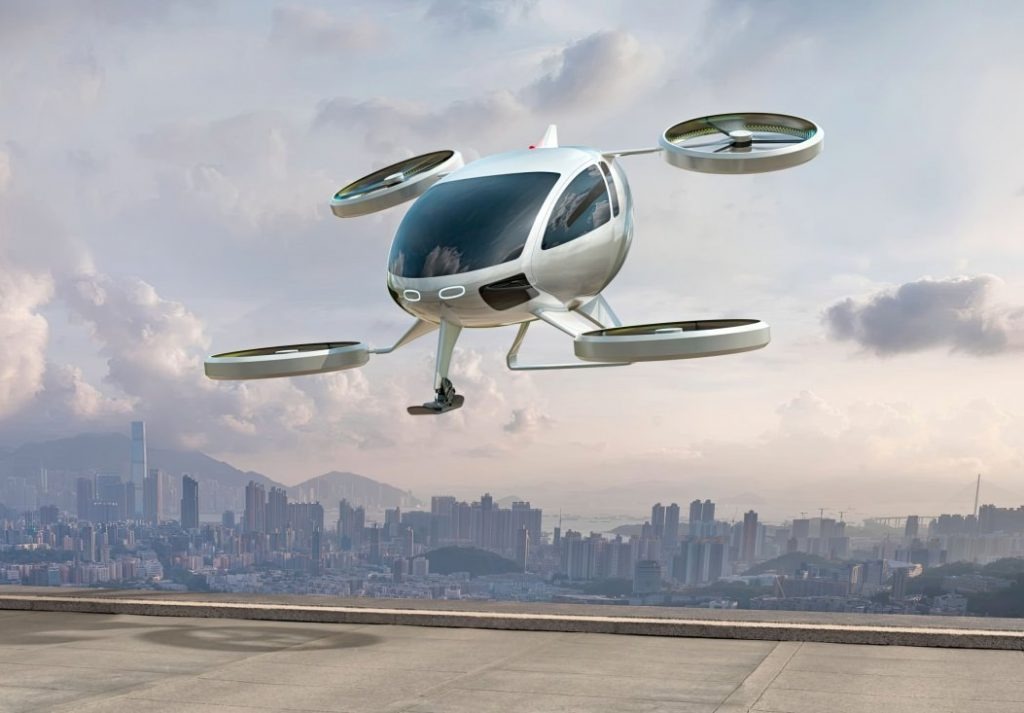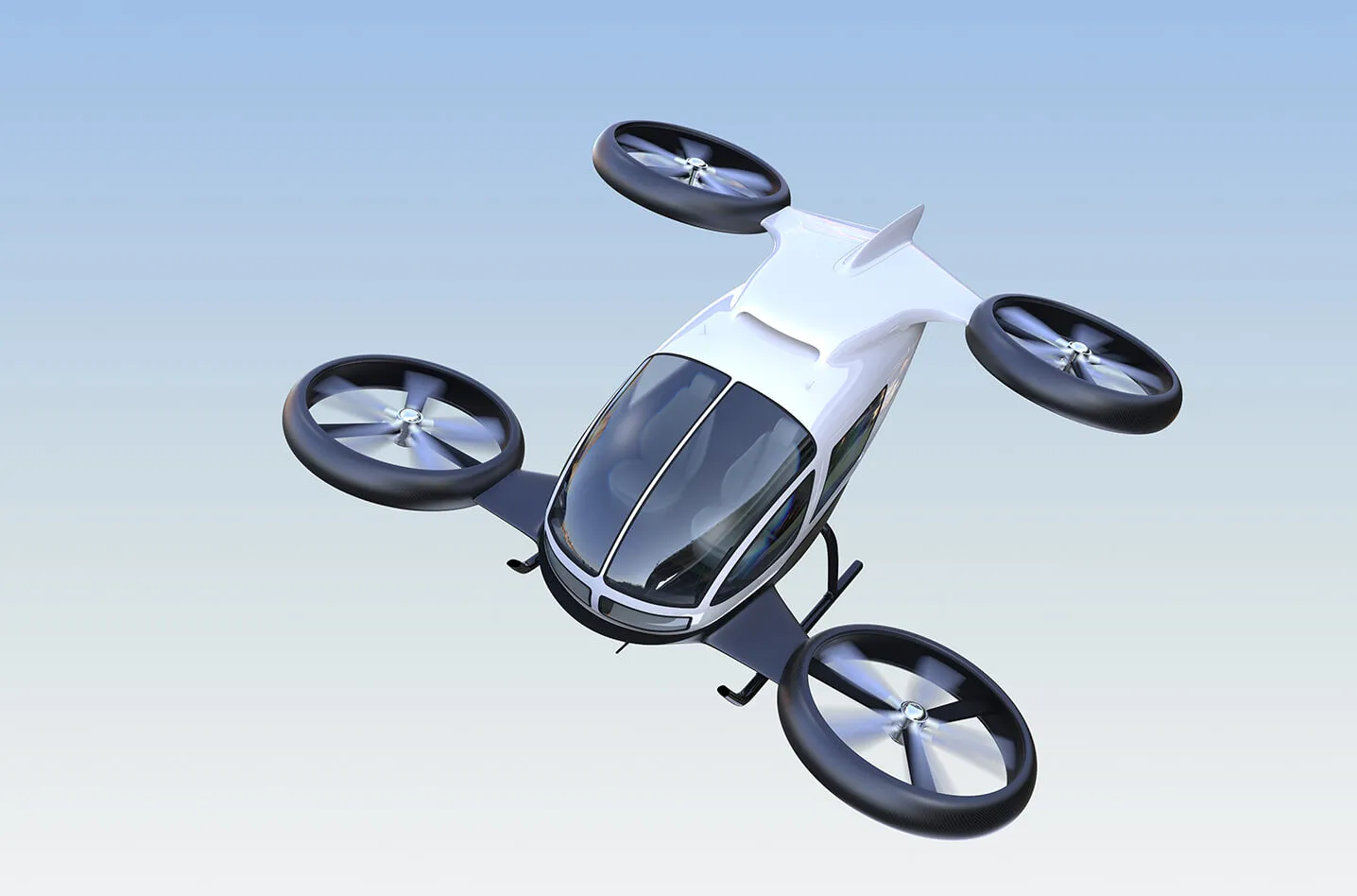Aeronautics standards organization RTCA believes the aviation industry can and should avoid a repeat of the 5G C-band radio altimeter interference debacle when it comes to developing and implementing the digital flight operations required to facilitate both crewed and autonomous advanced air mobility (AAM) operations. During a recent webinar organized by the Helicopter Association International, RTCA chief executive Terry McVenes said that the ongoing controversy over 5G implementation produced “a lot of lessons learned,” chief among them being that the industry can no longer “think of aviation operating in isolation.”
McVenes said that necessitated planning for things “beyond just traditional aviation” to include the need for consuming more of the available radio-frequency spectrum to facilitate communication between disparate aircraft and their respective systems.

“If we’re going to do that successfully and avoid what we went through with 5G, we’ve got to get our industries working together right away, during the development phase, not the implementation phase. We waited too long with 5G. Everybody effectively went in their own direction. Now we’re trying to put the genie back in the bottle and move forward.”
According to McVenes, time is running out to develop and implement digital air traffic control technology to accommodate AAM.
“There’s not much talk about how we’re going to integrate [AAM vehicles] into the [National Airspace System] and getting scalability. We’ve got to figure out how we can do that as an increasing number of users are going to want access.”
Advanced air mobility (AAM) is a rapidly evolving field that promises to revolutionize the way we travel by air. With the advent of 5G technology, AAM is poised to take a giant leap forward. The high-speed, low-latency connectivity provided by 5G networks offers significant advantages over existing communication systems, enabling a wide range of innovative applications in aviation.

One of the key areas where 5G is expected to make a significant impact is in air traffic management (ATM). With the ability to process vast amounts of data in real-time, 5G networks can enhance the accuracy and efficiency of ATM systems, enabling faster and more reliable communication between pilots, air traffic controllers, and ground-based personnel. This can lead to improved safety, reduced delays, and increased capacity at airports, ultimately resulting in a better overall travel experience for passengers.
Another area where 5G is set to revolutionize AAM is in drone operations. Drones have the potential to transform a wide range of industries, from package delivery and emergency response to agriculture and construction. However, one of the key challenges in drone operations is ensuring that drones can operate safely and reliably in crowded airspace. 5G networks can help address this challenge by providing a high-bandwidth, low-latency communication link between drones and ground-based operators, enabling more precise control and real-time situational awareness.
In addition to ATM and drone operations, 5G is also expected to play a critical role in the development of autonomous air vehicles. With the ability to process large amounts of data in real-time, 5G networks can support the complex communication and control systems needed to operate autonomous air vehicles safely and reliably. This can enable a wide range of innovative applications, from urban air taxis and air cargo delivery to aerial surveillance and search and rescue missions.
Overall, the combination of AAM and 5G technology holds immense promise for the future of air travel. As the technology continues to evolve, we can expect to see an increasing number of innovative applications and use cases emerge, transforming the way we travel by air and unlocking new opportunities for businesses and consumers alike.



